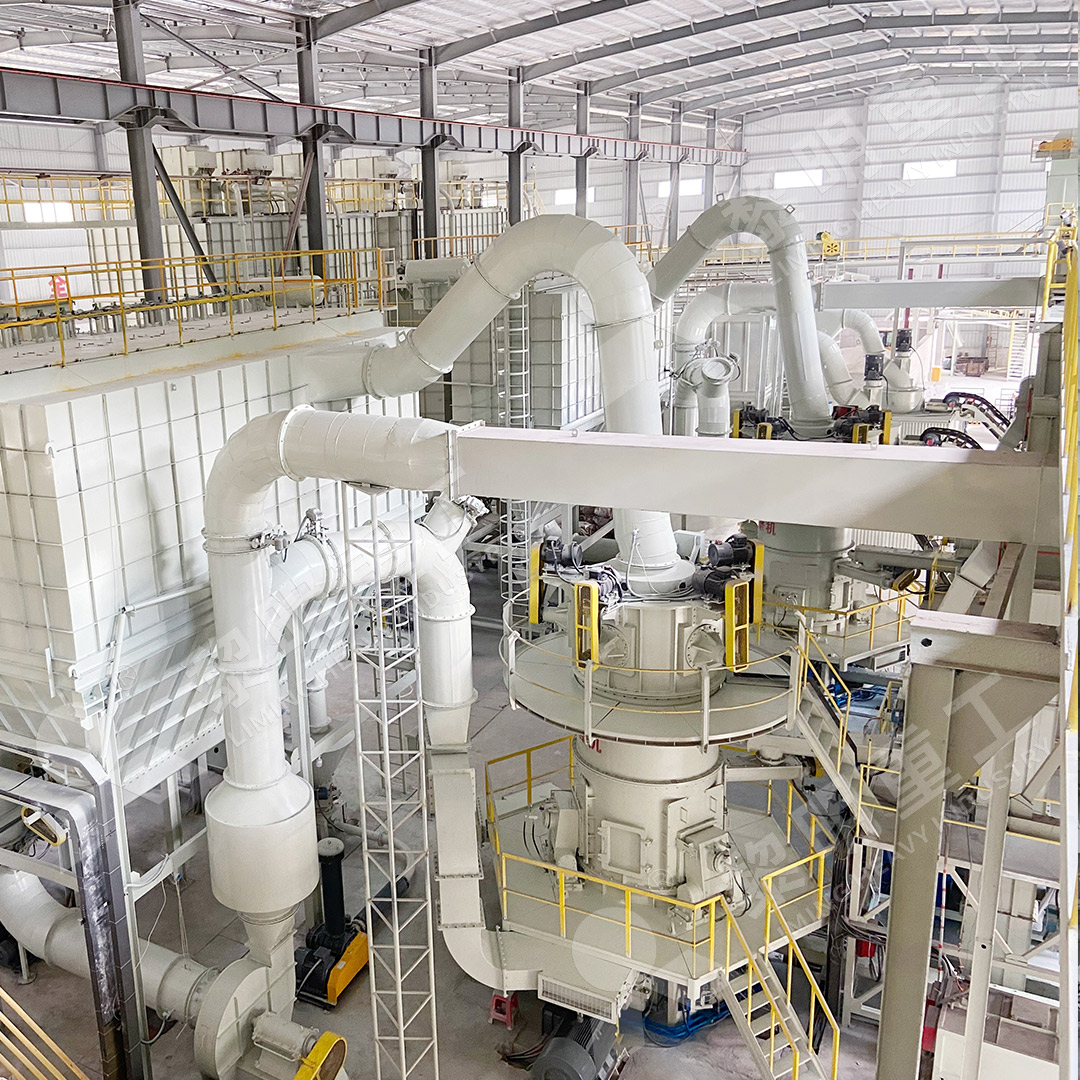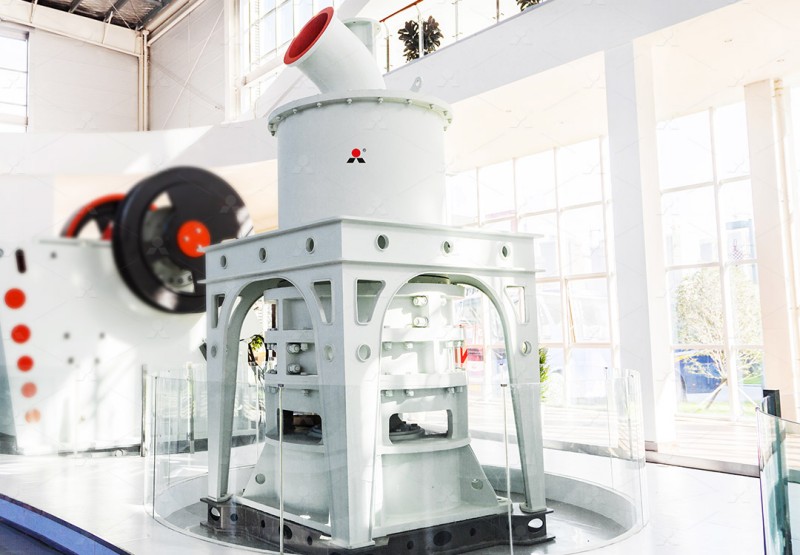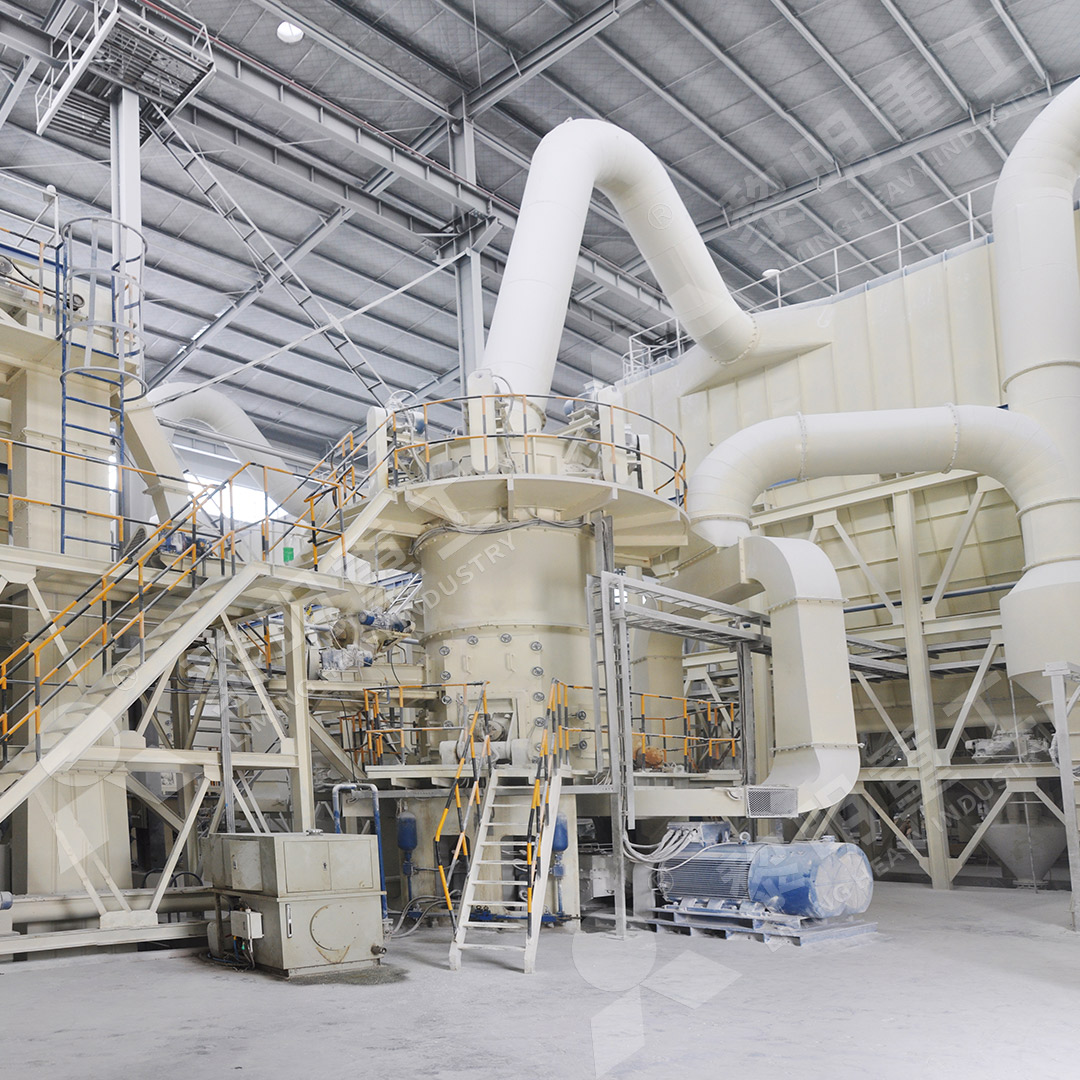Top 5 High-Efficiency Limestone Grinding Mills for Maximum Output
Top 5 High-Efficiency Limestone Grinding Mills for Maximum Output
In today’s competitive industrial landscape, selecting the right limestone grinding equipment can make the difference between profitability and operational headaches. With numerous options available, finding mills that deliver maximum output while minimizing energy consumption and maintenance requirements is crucial. After extensive industry analysis and performance evaluation, we’ve identified the top five high-efficiency limestone grinding mills that stand out in the market.
1. Vertical Roller Mills: The Workhorse of Modern Grinding
Vertical Roller Mills (VRMs) have revolutionized limestone processing with their exceptional energy efficiency and compact footprint. These mills integrate multiple processes—crushing, grinding, drying, classification, and conveyance—into a single unit, significantly reducing both space requirements and energy consumption. Modern VRMs typically consume 30-50% less power than traditional ball mills while offering superior product quality control.

The secret to their efficiency lies in their operating principle: material is ground between rollers and a rotating table, with immediate classification and drying occurring simultaneously. This integrated approach eliminates intermediate handling steps and reduces overall system complexity. For operations prioritizing space optimization and energy savings, VRMs represent an outstanding choice.
2. Ultra-Fine Grinding Mills: Precision for Specialized Applications
When product fineness requirements extend into the ultra-fine range (325-2500 meshes), specialized grinding technology becomes essential. Among the most advanced solutions in this category is the MW Ultrafine Grinding Mill, which represents a significant leap forward in fine powder production technology.
What sets the MW series apart is its innovative design that eliminates rolling bearings and screws within the grinding chamber. This engineering decision addresses two common failure points in traditional mills, dramatically improving reliability and reducing maintenance downtime. With capacities ranging from 0.5 to 25 tph and the ability to handle input sizes up to 20 mm, this mill offers exceptional versatility for various limestone applications.
The MW Ultrafine Grinding Mill incorporates German cage-type powder selector technology, enabling precise control over product fineness while maintaining high screening efficiency. Operations benefit from its integrated pulse dust collection system and noise reduction features, ensuring compliance with stringent environmental standards. For producers requiring consistent ultra-fine limestone powder for applications in chemicals, paints, cosmetics, or food additives, this technology delivers unmatched performance.

3. European-Type Trapezium Mills: Balanced Performance
MTW European Trapezium Mills have earned their place in the industry through reliable performance and operational simplicity. These mills feature advanced design elements including bevel gear overall drive systems and inner automatic thin-oil lubricating systems that enhance durability while reducing maintenance requirements.
Their unique split-type shovel blade design increases working area efficiency, while pneumatic sealing devices prevent coarse powder spillage, ensuring consistent product quality. With capacities reaching 55 tph and the ability to process input materials up to 50 mm, these mills offer excellent throughput for medium to large-scale operations.
4. Ball Mills: The Proven Performer
While newer technologies have emerged, ball mills remain relevant due to their proven reliability and versatility. Modern ball mills have evolved with improved liner designs, more efficient drive systems, and advanced control systems that optimize grinding media movement and distribution.
Their ability to handle a wide range of material sizes and produce consistent particle size distribution makes them suitable for operations where product specifications may vary. With capacities extending to 50 tph and relatively low initial investment costs, ball mills continue to serve as dependable workhorses in many limestone processing facilities.
5. LUM Ultrafine Vertical Grinding Mills: Next-Generation Efficiency
For operations demanding the highest levels of efficiency and precision, the LUM Ultrafine Vertical Grinding Mill represents cutting-edge technology. This mill combines the latest Taiwanese grinding roller technology with German powder separating technology to deliver exceptional performance in ultrafine powder production.
The LUM series features unique roller shell and lining plate grinding curves that facilitate easier material layer formation, enabling high rates of finished products through single-pass powder milling. Its multi-head powder separating technology, controlled by a sophisticated PLC system, allows for precise control over grinding parameters and quick adaptation to different production requirements.

What truly distinguishes this technology is its double position-limiting system, which incorporates both electronic and mechanical protection to prevent destructive impacts during operation. The reversible structure design simplifies maintenance procedures, allowing grinding rollers to be easily moved out of the body for inspection or replacement. With capacity ranging from 5 to 18 tph and the ability to process materials up to 10 mm, the LUM mill offers outstanding efficiency for specialized limestone applications.
Making the Right Choice for Your Operation
Selecting the optimal limestone grinding mill requires careful consideration of multiple factors: desired product fineness, production capacity requirements, energy efficiency goals, space constraints, and maintenance capabilities. While each technology offers distinct advantages, the MW and LUM series stand out for operations prioritizing ultra-fine production with maximum reliability and minimal environmental impact.
Modern grinding technology continues to evolve, with digitalization, automation, and sustainability becoming increasingly important considerations. The most successful operations will be those that leverage these advanced technologies to optimize their processes while maintaining flexibility to adapt to changing market demands.
Frequently Asked Questions
What is the main advantage of vertical roller mills over traditional ball mills?
Vertical roller mills typically offer 30-50% lower energy consumption, reduced footprint (approximately 50% less space), and integrated drying capabilities that eliminate the need for separate drying equipment.
How fine can limestone typically be ground using modern milling equipment?
Advanced mills like the MW Ultrafine Grinding Mill can achieve fineness between 325-2500 meshes (approximately 45-5 microns), with some specialized systems capable of even finer particle sizes for specific industrial applications.
What maintenance advantages do modern grinding mills offer?
Contemporary designs like the MW series eliminate common failure points by removing rolling bearings and screws from the grinding chamber, while mills like the LUM series feature reversible structures that allow easy access to grinding components, significantly reducing maintenance time and complexity.
How important is environmental compliance in selecting grinding equipment?
Extremely important. Modern mills incorporate efficient pulse dust collectors, noise reduction technology, and closed-system designs that minimize environmental impact while ensuring operator safety and regulatory compliance.
Can the same mill handle different mineral materials besides limestone?
Yes, most modern grinding mills are versatile enough to process various non-metallic minerals including calcite, dolomite, barite, talc, and gypsum, though optimal performance may require specific adjustments to grinding parameters and separator settings.
